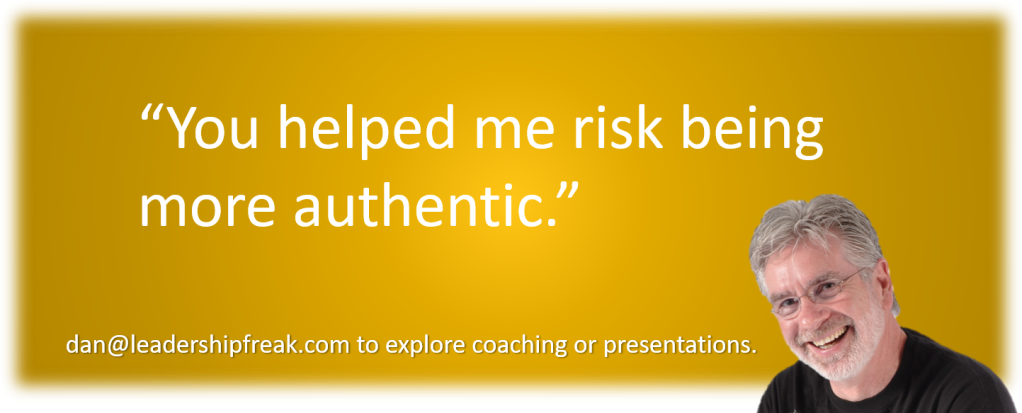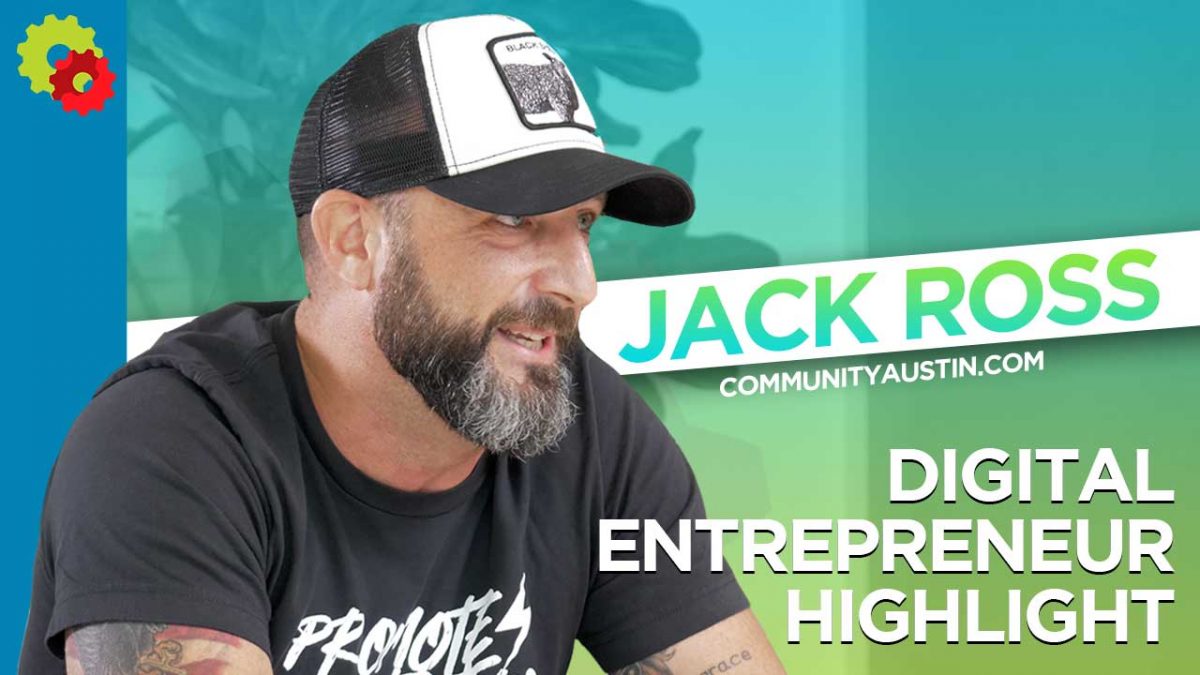The population of the world is nearly 7.8 billion people. And, according to a recent study, over a quarter of them are shopping online–26%!
There is no denying that online shopping is a significant part of our modern-day lives, especially when it comes to companies such as Amazon and Alibaba.
Yet, there is something about a physical business location that people still love. While online shopping is convenient and easy, people still love to window shop, see and touch the merchandise, try things on, and get a deeper connection to the company.
That is certainly the case for retail stores and restaurants, but a business location for an office and other non-customer-facing businesses is also crucial.
You must take your time when choosing a “home” for the business. It is not something you pick simply because you like the space. Far more goes into it to ensure that you get the best location for your business.
Not sure what those considerations are? Don’t worry.
To help you in this endeavor, we have created this guide. Read on to find out all you need to know about business locations.
The Basics of Business Locations
Whatever the purpose of the building, it is a physical spot where your company does its work. That could be a retail shop, restaurant, or office for your employees.
The business location you choose depends on the type of business that you operate.
The location you’d choose for a retail shop has very different requirements than one for a tech start-up.
Here are a few different types of business locations so you can decide which best fits your needs.
Retail Business
This type of business sells actual goods or services to a consumer for their use. A retail business needs to be somewhere with a…




















